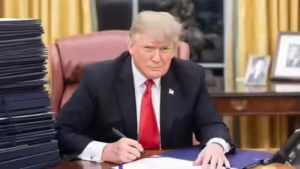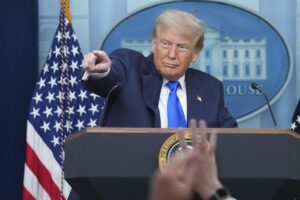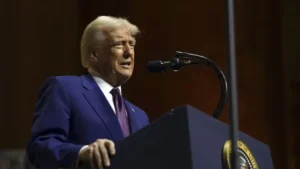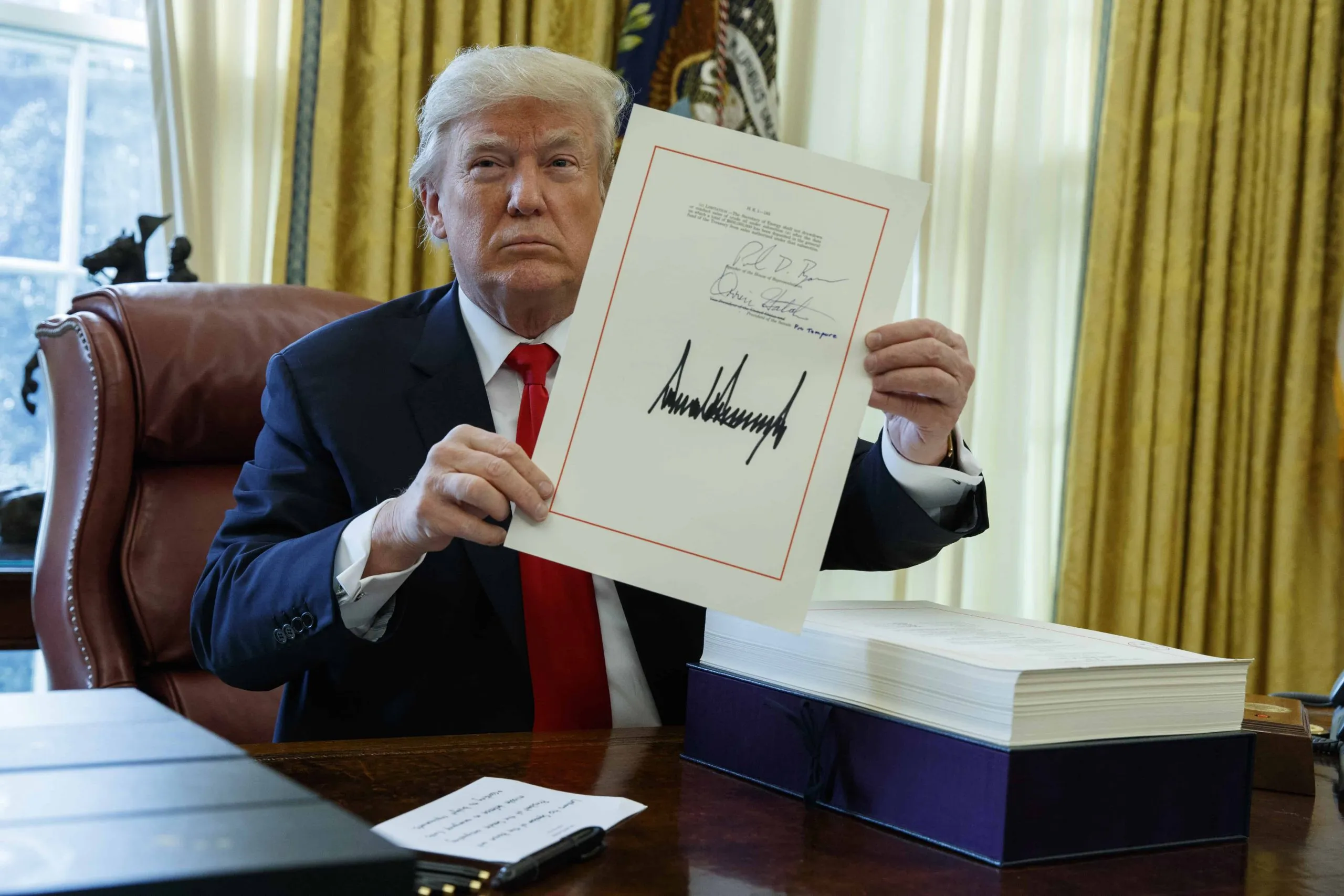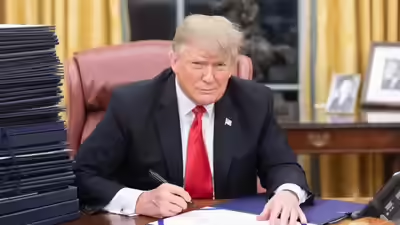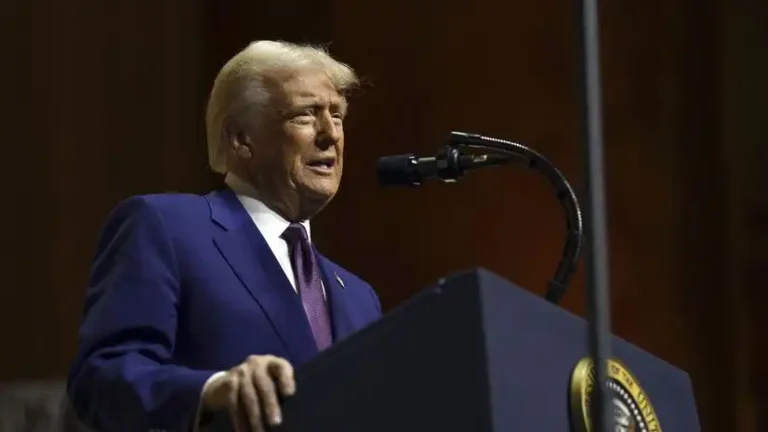Tax Cuts: A Proven Engine for Economic Expansion
Trump Tax Cuts Powered Growth, President Trump’s Tax Cuts and Jobs Act of 2017 (TCJA) wasn’t just a tax reform—it was an economic game changer. Early forecasts from his Council of Economic Advisers predicted a realistic median income boost of $4,000 long term. Yet, in just two years, real incomes soared by $6,400 before the pandemic disrupted growth. These gains confirm the CEA’s modeling, signaling that tax policy can indeed reshape prosperity.
Fresh Evidence Supports the 2017 Forecast
A 2024 review led by Michael Faulkender of the Treasury and Aaron Hedlund of the CEA affirmed what economists hoped: the post-2017 economy overperformed in both income and growth metrics. Real GDP rose faster than projected. Job creation exceeded expectations. This proves that tax cuts can deliver more than conventional models suggest.
Senate’s Big Beautiful Bill: Learning from 2017
As lawmakers debate extending the TCJA and adding policies—no tax on tips, overtime credits, Social Security benefits—the lessons from history matter. Without extension, the U.S. could face the largest tax hike ever. The present CEA believes letting TCJA expire would shrink GDP by 4%, cost millions of jobs, and lower federal revenue by around 6%.
Investing in Future Growth
The most compelling part of the Big Beautiful Bill is its potential to drive private investment. CEA modeling suggests it could trigger a 14.5% surge in capital formation. That investment, in theory, could raise real median incomes by $10,000 compared to letting tax cuts lapse. It’s not hypothetical—it’s built on tested economic theory.
Addressing the Fiscal Responsibility Question
Critics point to Congressional Budget Office projections: the House version could cost $3.7 trillion in revenue over ten years. The Senate version could add $3.3 trillion to the deficit. But this overlooks the impact of growth. If GDP expands at a sustained 3% annual rate—up from the CBO’s 1.8% forecast—revenue could increase by $4 trillion over a decade. That’s more than offsetting the fiscal cost of the tax cuts.
Tariffs: Another Revenue Source
Beyond tax policy, tariffs present a revenue offset. The CBO separately estimates that Trump’s tariff policies could yield $2.8 trillion over ten years. That figure exists outside CBO scoring for tax bills. When combined, tax growth and tariffs help neutralize the fiscal counterarguments.
Revenue Resilience Isn’t New
Congressional opponents in 2017 warned that pared-down marginal rates would collapse revenue. Yet, federal revenue held steady at 17.1% of GDP from 2017 to 2024. Corporate tax fell from 35% to 21%, but corporate revenue rose from 1.5% to 1.8% of GDP. Revenue didn’t vanish—it grew. The main cause of rising deficits was government spending, not tax reform.
Fighting Inflation with Supply, Not Handouts
Critics argue that tax cuts fuel inflation. But recent history suggests otherwise. The 2017–2019 growth surge happened without inflation overheating. That’s because boosting domestic production through investment adds supply, which tames price pressures. By contrast, stimulus spending risks reigniting inflation by increasing demand without boosting supply.
Labor Supply Isn’t a Problem
Another critique is labor shortages, especially in high-growth economies. The proposed package counters this directly: no tax on tips or overtime, and targeted credits for Social Security recipients who return to work. These policies encourage more Americans to participate in the workforce. History shows that responsive tax incentives can boost labor supply significantly.
Middle-Class Relief and Real-World Impact
The proposed no-tax-on-tips and overtime credit matter. They directly aid working Americans and shift behavior. More take-home pay encourages workers to stay in or re-enter employment. That strengthens households and the broader economy.
Charting the Path Forward
As the Senate debates, the stakes are clear. Failing to extend the TCJA and enact complementary policies could stall growth, cost millions of jobs, and shrink incomes. Passing the One Big Beautiful Bill, however, may fuel a cycle of investment, income, and revenue that benefits all Americans.
Republicans and pro-growth Democrats should view this bill not just as tax policy, but as an infrastructure for future prosperity. If history is any guide, this could be one of the most impactful economic moves in recent decades. The key is passing it—and ensuring its terms favor sustainable growth.
For more latest news checkout our website: usnewsinsight

